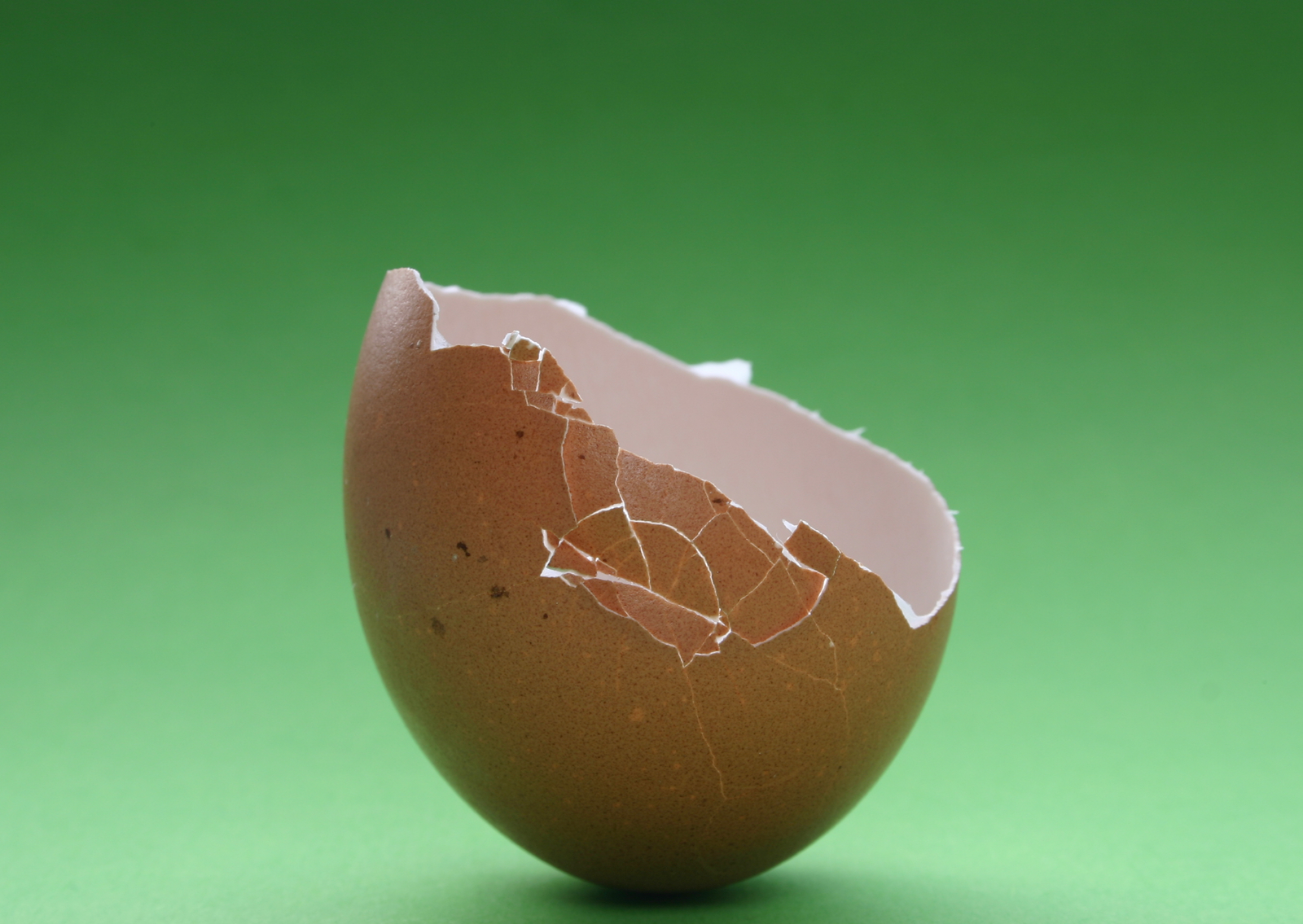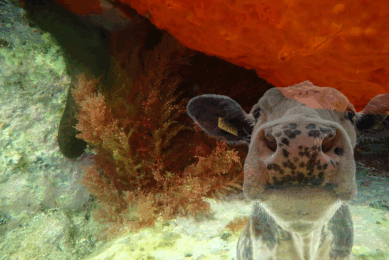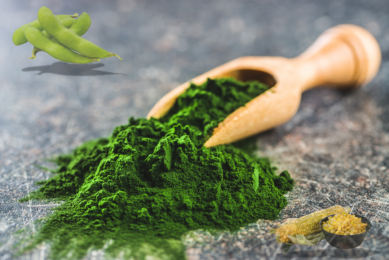Seaweeds: Good for meat and egg quality

Seaweeds can have a prebiotic effect in pig diets and improve egg quality in laying hens. However, high amounts of seaweed in the diet can have an opposite effect. The inclusion rate is therefore important.
Seaweeds include brown algae (Phaeophyceae), red algae (Rhodophyceae) and green algae (Chlorophyceae). Seaweeds are valuable alternative feeds for livestock, mostly as sources of valuable nutrients, notably chelated micro-minerals, the availability of which is higher than that of inorganic ones. Brown algae are of lesser nutritional value than red and green algae, due to their lower protein content and higher mineral content; however brown algae contain a number of bioactive compounds. Here we highlight some of the studies done in livestock animals.
Can sheep digest the seaweed?
The nutritive value of seaweeds for ruminants varies widely. It depends on the species, on the composition of the algae (protein, minerals, polysaccharides, phlorotannins) and also on the adaptation of the animal to this particular feed. A study in the laboratory with rumen fluid from seaweed-fed sheep showed that organic matter digestibility of brown and red seaweeds was very high for brown algae L. digitata, S. latissima and Alaria esculenta species (94%, 97% and 81% respectively) and red algae P.palmata (81%), but was low for other brown seaweeds such as A. nodosum, Fucus serratus and Fucus vesiculosus (33%, 15% and 26% respectively. In a comparison of brown algae M. pyrifera and Sargassum species, the in situ DM degradability of the former was found to be low (50%) but higher than that of the latter (29%). Crude protein of these seaweeds was found to be rumen-undegradable in situ, but the in vitro trypsic digestibility of their proteins was high, which could make brown algae a good source of protein for ruminants despite their low protein content.
Read also: Algae as a promising new type of animal feed
Prebiotic effect in pigs
Some studies from a few decades ago looked at brown algae in pig diets, However, it has been shown that moderate to high amounts of brown seaweeds in the diet may be detrimental to pigs: for example A. nodosum meal fed to pigs at 10% in the diet did not affect blood parameters but weight loss was recorded after several weeks. Nowadays, seaweeds are fed as additives in low amounts (1–2%) for their potential benefits for pig health and meat quality. Seaweeds and seaweed extracts have also been shown to have prebiotic effects and to enhance immune function in pigs, and have been assessed as potential antibiotic replacers in pigs. For instance, laminarin and fucoidan extracted from Laminaria species were found to improve piglet performance, with laminarin being the main source for gut health and performance improvements.
Better egg quality
The brown seaweed A. nodosum meal has been shown to increase growth performance in broilers. It didn’t matter in which form it was included in the diet (boiled, raw or autoclaved). In another study with green seaweed Enteromorpha prolifera, it was shown that inclusion rate ranging from 2% to 4% provided the best nutrient availability and high apparent metabolisable energy in broilers. This may be attributed to a high level of amylase in the duodenum. It had a positive effect on feed intake, feed conversion ratio and average daily gain while reducing abdominal and subcutaneous fat thickness, thus improving breast meat. Brown seaweed Sargassum species from the Red Sea shore fed to laying hens during 20–30 weeks at 1–12% dietary level had no deleterious effect on body weight, egg weight, egg production, feed conversion ratio and egg quality. Sargassum dentifolium fed raw, boiled or autoclaved at levels of 3% or 6%, was beneficial to egg quality. Green seaweed E. prolifera included at 1–3% resulted in improved egg production and quality: it increased weight, shell thickness, and yolk colour and reduced cholesterol in yolk. It also resulted in a lower E. coli load in faeces, suggesting better animal health.
Source: Seaweeds for livestock diets: A review. Published in Animal Feed Science and Technology.











